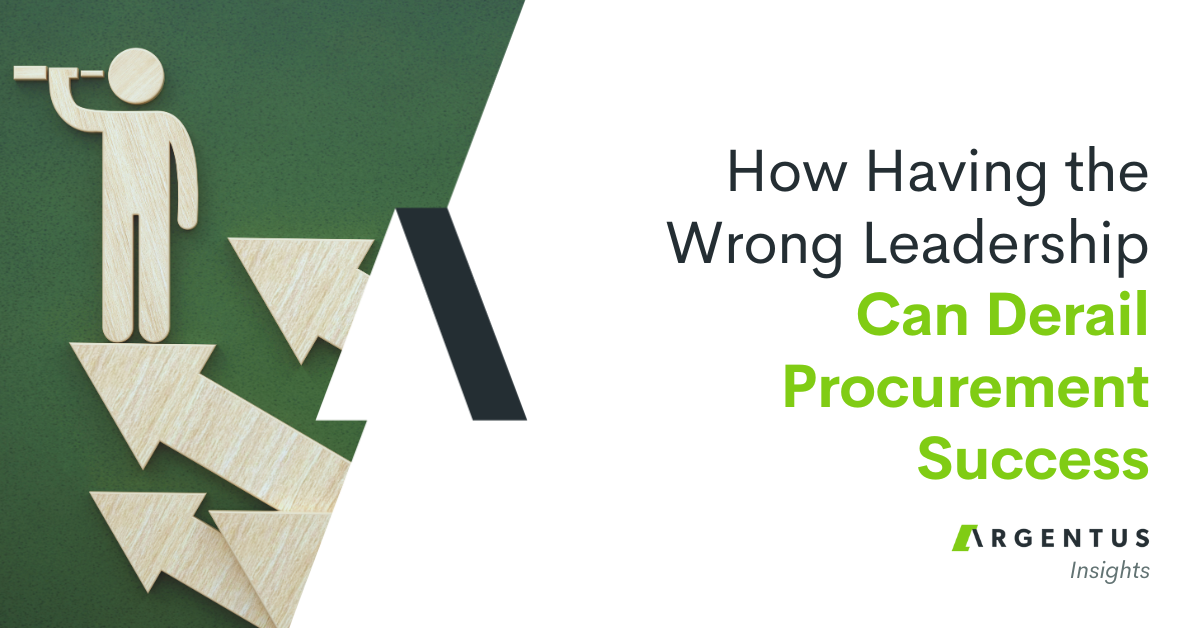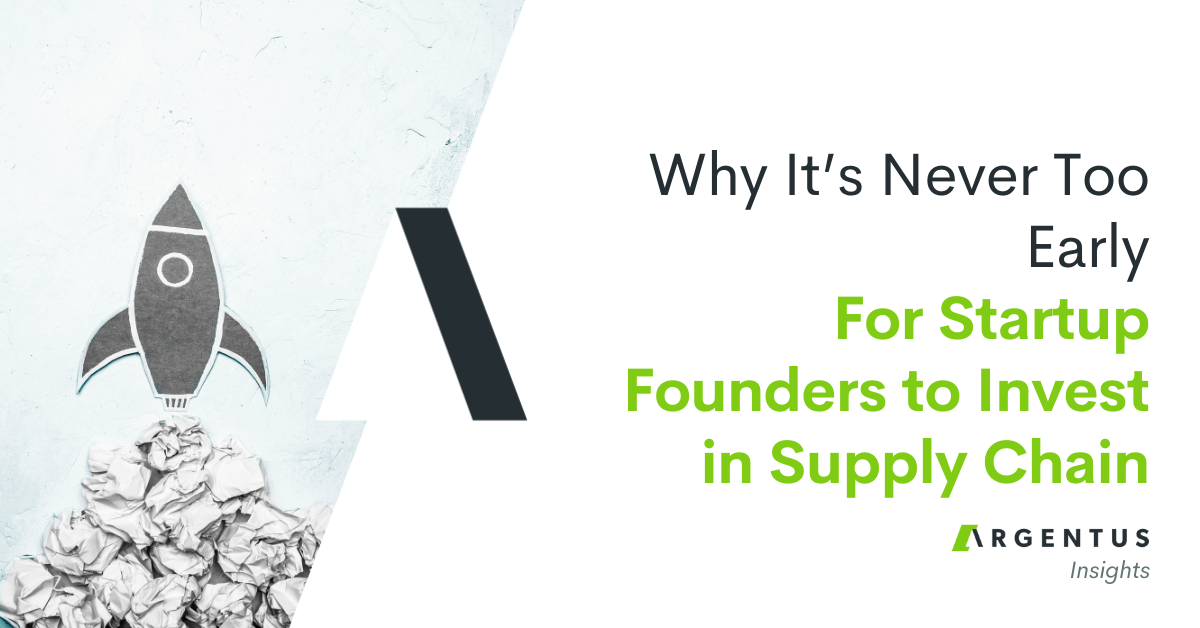
Spring is right around the corner in Canada, and that means it’s time to conduct some spring cleaning on your resume! You might not be looking for a job right now, but you never know when a recruiter might approach you with a role, or when a great opportunity will pop up through your prodigious networking activities (because you are networking, right?), or when things might materially change in your job and you find yourself back on the hunt.
It never hurts to be prepared. And reworking your resume is the best thing you can do to stay on top of your personal branding. By resume, we also mean your LinkedIn profile, which hiring managers and recruiters will be checking in any case just as much as your resume. While your resume and LinkedIn profile do serve slightly different purposes, they share one crucial thing in common, and it’s something that’s often missed:
Your resume needs to tell a story – especially in Supply Chain.
This is something that’s often lost in resumes for a discipline like Supply Chain, Procurement or Logistics that, at first blush, seem highly technical and numbers-based. Unlike, say, Marketing professionals, Supply Chain professionals (especially at the Junior end) are less likely to appreciate the immense benefit of storytelling when it comes to conveying the value they add in their careers.
It’s a simple fact of being a human that storytelling connects better than raw numbers, lists of skills, job titles, and “duties performed” — yet so many resumes and LinkedIn profiles still only focus on these latter facts. These are no doubt crucial, and we often write about the importance of including solid metrics and numbers in your resume. But if your career is a house, the job titles, facts and figures are the wood. The story of your career is the house.
Think about the benefit. If you’re in Supply Chain and you manage to tell a concise and compelling story about who you are and what you value, your resume will immediately stand out from the mass of resumes that read as dry as dirt by people who are writing as if the field of Supply Chain is dry as dirt. Which it isn’t.
If you’ve advanced to a level where you’re impacting strategy, you’ve probably realized that the field of Supply Chain is anything but boring: you’re dealing with global business, fast-paced emerging issues, sustainability, touching many different parts of a business. So why should a resume be boring?
It shouldn’t.
So how do you go about telling that story?
When you go to a resume, or a LinkedIn profile, it’s pretty immediately-apparent when someone has put more thought into the overall story they’re telling than they’ve put into making sure they’ve included every single duty from their job description. But getting from a nuts-and-bolts resume to one where your humanity – and particular value proposition – are shining through is much easier said than done.
Follow a Narrative Structure:
A good story has a beginning, middle, and end. It “hooks” the reader with a compelling opening. So what’s your “hook”? What drives you in your career and what you deliver? What makes you get out of bed in the morning? What are you passionate about? Your description of your work history and your skills are the middle of your story. But you need a solid beginning and a compelling end: given your “hook” (what drives you in your career), what impact are you looking to make when it comes time for the next opportunity? Make sure your resume and profile convey this message loud and clear, with a solid introductory paragraph. On LinkedIn, you have more room to tell your story as a narrative, on your profile’s “background” section.
Focus on Accomplishments and What You’ve Learned:
These are the meat of your story, and stories benefit from specificity. Any resume (or LinkedIn profile) needs to focus on the specifics of where you’ve worked, doing what, and for how long. But it’s worth thinking about how each of these details feeds into the larger picture you’re trying to establish. It’s not worth it to simply state what your role has been – you need to address what you’ve delivered, and what you’ve learned going forward. In Supply Chain, you want specific numbers about spend managed, SKUs, inventory turns, etc. But you also want to highlight the impact you’ve had on the organization. E.g. What change management or process improvement initiatives have you lead, and what have they taught you? If you can establish these factors and tie them in to your overall “hook,” you’re well on your way to showing what makes you an asset to an employer, not just a seat-filler.
Focus on Goals:
What’s next? The goal of any resume is to get a job. But think a little deeper: what’s the goal of the job? Now that you’ve established the impact you’ve had on previous organizations, what impact do you want to have in your next role? If you’re trying to move up in your career to more senior roles with more responsibility, you need to show a broadening of scope – not just in terms of the scope of roles you’ve had, but the scope of your vision for what the field is about. How do you think Supply Chain is evolving, and what role do you have to play in that ongoing evolution? These should come across in your work history, or in your “background” section on LinkedIn. Here is where you really sell a recruiter or hiring manager that you’re an A+ candidate.
Speak Plainly and Humanely:
While a certain amount of terminology is necessary to careers like Supply Chain and Procurement (managed spend, inventory turnover, SKU, eCommerce, etc.), you’ll stand out by making sure that your resume is devoid of jargon and the meaningless, one-size-fits-all statements that one often finds on a resume. Small words often tell the story better than large ones.
Be Concise:
The best stories are concise, and your resume is no different. You should put some time into thinking about not just what you’re putting in, but what you’re leaving out. A resume should be thorough, so that you’re up front with a potential employer or recruiter, but so many resumes are too long, and this detracts from the story you’re telling.
– – –
Resume spring cleaning – making sure your resume tells a story – isn’t easy. But then again, neither is actual spring cleaning. No one looks forward to dusting, sweeping and mopping. But how good do you feel afterward? We hope these tips start to get you thinking about how you can present your best self, career-wise, in 2016 and beyond. ![]()
Have you signed up for Argentus’ Market Watch Newsletter? It only takes a moment. You’ll receive low-volume, high-impact market insights from the top specialty Supply Chain recruiters including: Salary Information, Supply Chain industry trends, Market Intelligence, Personal Branding tips and More!
[mc4wp_form id=”17895″]



0 Comments